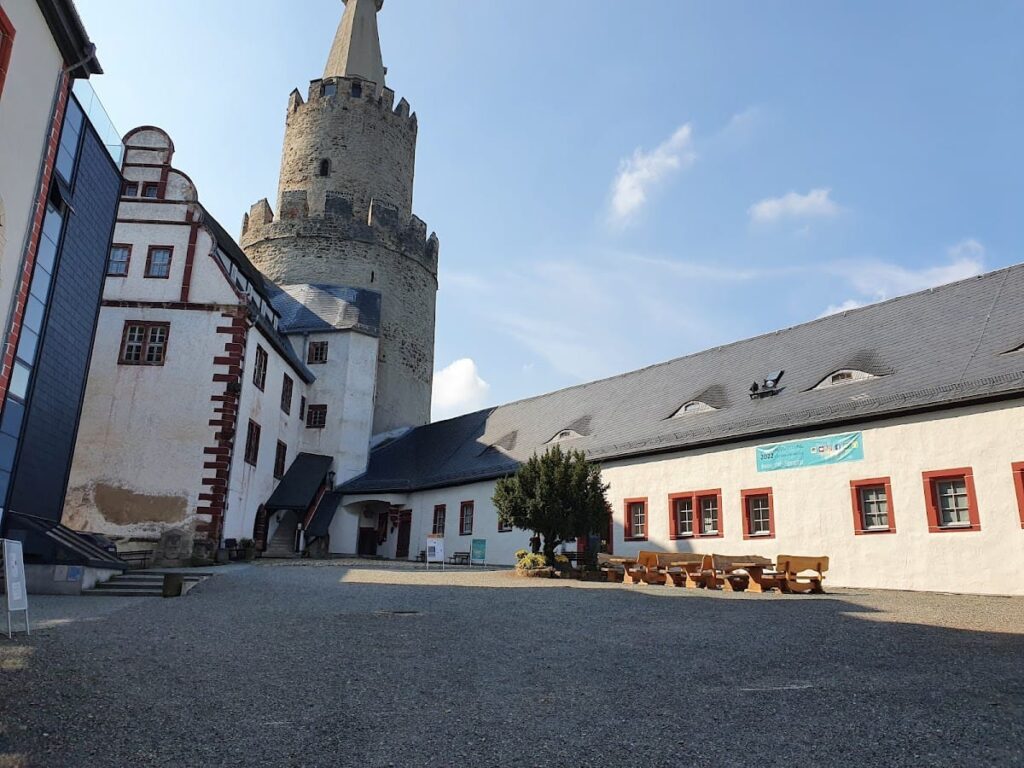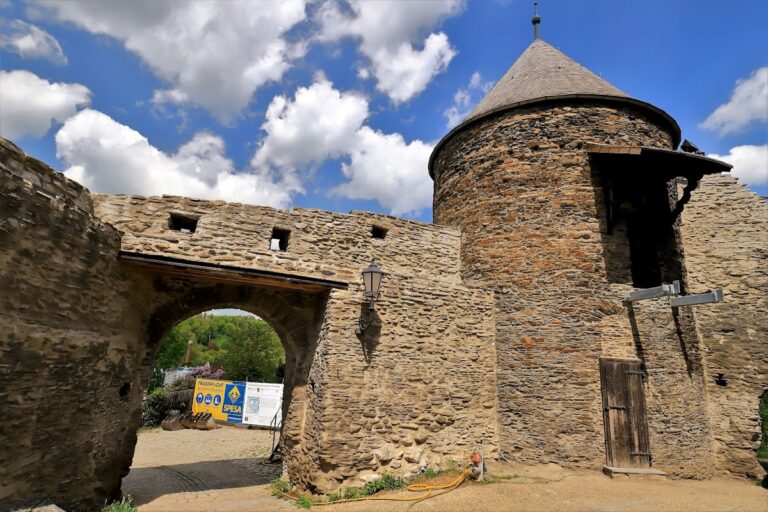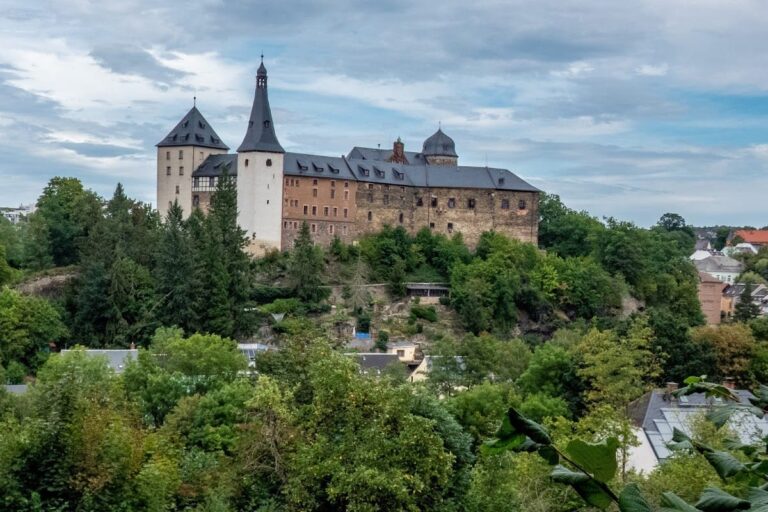Osterburg Castle: A Medieval Fortress in Thuringia, Germany
Visitor Information
Google Rating: 4.6
Popularity: Medium
Google Maps: View on Google Maps
Official Website: www.osterburg-vogtland.eu
Country: Germany
Civilization: Medieval European
Remains: Military
History
The Osterburg is a medieval castle located near Henfstädt in Thuringia, Germany. It was likely built in the early 13th century as a fortified administrative center for the County of Henneberg. The castle first appears in historical records in 1268, mentioned in a deed from Elgersburg. Its primary role was to serve as the seat of a vogt, or bailiff, who managed the surrounding Vogteibezirk, an administrative district that later became known as the Themar district.
Following the division of the County of Henneberg in 1274, the Osterburg came under the control of the Hartenberg branch of the counts. However, the castle lost its administrative status when the Amt (district) and the town were separated, transferring the vogt seat to the nearby town of Themar. Over the next two centuries, ownership of the castle became complex, involving pledges and sales to noble families such as the Schwarzburgs and the Bibras.
The Bibra family likely undertook expansions of the castle during their tenure, although some construction efforts were disputed by Count Wilhelm II of Henneberg in 1439. Between 1453 and 1468, the castle was gradually reacquired by the Henneberg-Schleusingen line. Despite this, the Osterburg’s importance diminished in the late 15th century. Maintenance became irregular, and by 1496, records mention the last watchman stationed at the castle. It is believed that the site was abandoned and left open around the year 1500.
Since 1977, a local group has worked to preserve the ruins, aiming to halt further deterioration and maintain the castle’s historical presence in the region.
Remains
The Osterburg is a spur castle positioned on the Hainberg hill at about 415 meters above sea level, overlooking the upper Werra valley. Its location provided natural protection on three sides. The castle is enclosed by a complete system of walls and a moat, designed to defend the site effectively.
The most prominent surviving structure is the bergfried, a tall defensive tower approximately 20 meters high. Architectural features such as a round-arched entrance and rusticated ashlar masonry date the tower to the early 13th century. The original entrance to the bergfried was located above the current one. The tower suffered damage from fires in 1743 and 1816 but was renovated in 1968 with a new interior staircase and roof. Further expansions occurred in 1994, and an external stairway with a canopy was added in 1995.
Within the inner bailey, opposite the bergfried, lies a deep well. Although long filled with debris, excavations confirmed it as a well rather than a cistern. It was probably housed in a closed structure connected to the bergfried originally.
Three defensive towers remain at the site. The east tower measures 5.80 meters in diameter and stands 6.80 meters tall, featuring multiple arrow slits and evidence of at least three floors. The southeast tower, the largest at 5.90 meters in diameter, preserves two floors and wall remains for a third. It includes a modern doorway and a small escape hole in the vaulted ceiling. The northwest tower is about 12 meters high without its roof and has a 5-meter base diameter. This tower shows significant structural damage, including a large breach in the wall and near collapse of the vault due to vegetation and decay.
Parts of the eastern curtain wall collapsed in 1950 over a length of 30 meters and were buried under rubble. Near the southeast tower, remnants of the outer ring wall survive up to 8.5 meters high. Between 2006 and 2011, volunteers cleared debris and stabilized the masonry, restoring much of the castle’s original appearance.
A partial inventory from 1459 lists several castle components, including a chamber (Kemenate), chapel, multiple towers, a bakehouse, and a zwinger, which is an outer ward or enclosed defensive area. The inventory also mentions weapons, tools, and provisions, offering insight into the castle’s layout and function during the late medieval period.










